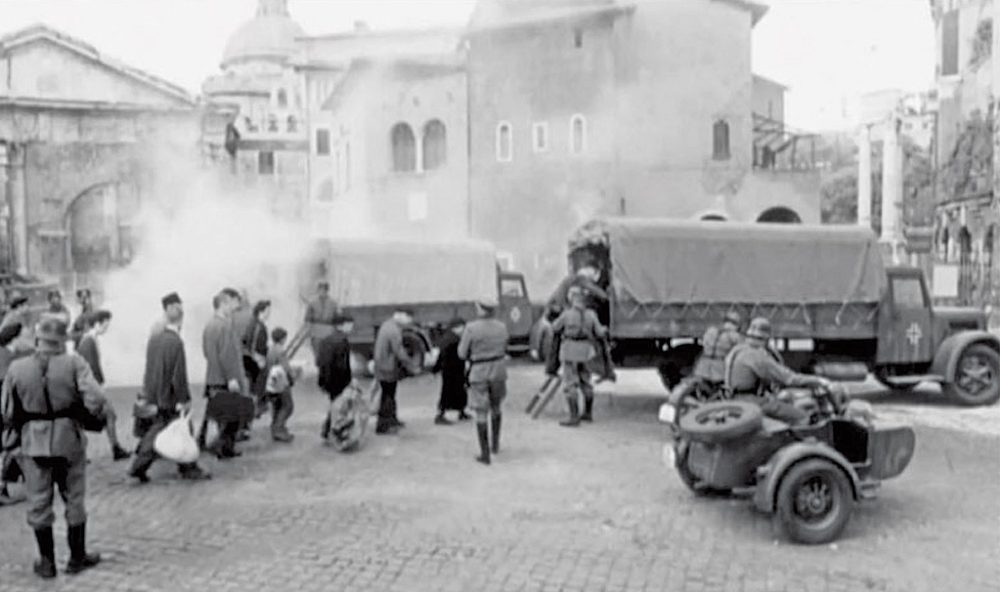Of the approximately 900,000 Italian men and women living in German territory in the last twenty months of the Second World War, only 800,000 had been transferred there after 8 September 1943; the other 100,000 had arrived earlier, as a result of bilateral economic agreements which had involved sending Italian agricultural and industrial labour to the Reich. Altogether, from 1938 to 1943, some 500,000 workers – both men and women – had been employed in various sectors of the German war economy. On 27 July 1943, Heinrich Himmler, in his capacity as chief of the German police, blocked the repatriation of those who were still working in Germany, in fact amounting to about 100,000. The status of Italian factory workers and farmhands plummeted to that of forced labourers. However, the members of this group cannot in any way be defined as “deportees” in even the broadest possible sense, since their transfer to the Reich was not implemented through essentially coercive measures. The other 800,000 could instead, with one exception, albeit numerically small, which will be discussed later, be considered as such. However, their position within the complex Nazi system and its many types of concentration camps was so diversified, and their fate, from the crucial point of view of survival, so varied, as to make the category of “deportation”, if used in the wider sense, too generic, and therefore of little analytical and informational use.
The various categories of Italians present in German territory
